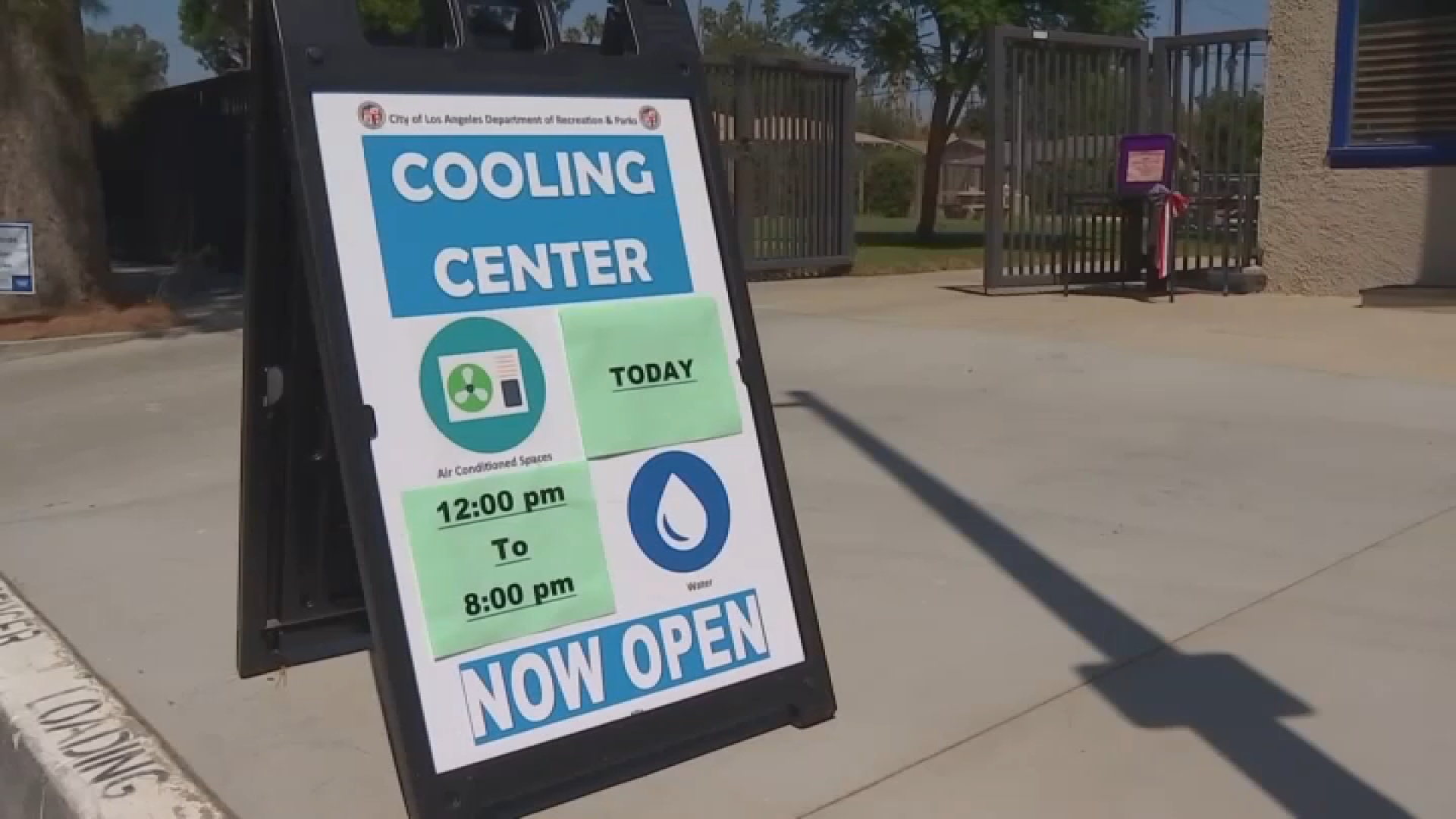What to Know
- A statewide Flex Alert is one of the steps the operator of the state's power grid can take to avoid unplanned power outages in extreme heat.
- The call to voluntarily conserve power is typically issued during days of extreme heat in the summer.
- From there, the state's power grid operator may issue alerts in stages before calling for rotating power outages.
Parts of California will swelter in temperatures well above normal this week during a late-summer heat wave that will likely mean increased electricity demand.
California's power grid operator issued a Heat Bulletin over the weekend in anticipation of the string of sizzling September days. The agency said the state's power grid is stable, but that power officials will be closely monitoring conditions as temperatures in many parts of the state soar into triple digits.
The warmest temperatures are expected Thursday and Friday.
Get top local stories in Southern California delivered to you every morning. Sign up for NBC LA's News Headlines newsletter.
"At this time, the grid is stable and we continue to monitor conditions carefully," Cal ISO said in the bulletin. "While no supply shortfalls are anticipated, it is important to emphasize that extreme heat that lingers for many consecutive days can overtax generators running at high outputs for long periods, increasing the risk of outages and reduced generation. Wildfires can also pose a threat to generators and transmission lines. And the hotter weather, since it is also expected to affect other Western states, could limit the potential for importing energy."
There are several steps Cal ISO, the agency in charge of managing and maintaining reliability on the electric grid, can take in an energy emergency to prevent unplanned power outages when the heat intensifies over an extended period. Those include issuing a Flex Alert, which is a call to voluntarily reduce energy consumption.
California hasn't had a Flex Alert since 2022.
After Flex Alerts, grid managers have several options before rotating power outages, such as tapping backup generators, buying more power from other states and using so-called demand response programs, where people are paid to use less energy.
Here’s what to know about Flex Alerts and the steps leading to rotating power outages.
The California ISO has issued a Heat Bulletin in anticipation of above-normal heat and increased electricity demand in much of California and the West next week. The grid is stable, and we are monitoring conditions closely. https://t.co/yaLeWwlCDj pic.twitter.com/jWnQHhXrjm
— California ISO (@California_ISO) August 31, 2024
What can I do to help prevent rotating power outages?
CalISO offers the following power conservation tips when a Flex Alert is issued.
- Turning off unnecessary lights.
- Using major appliances before 3 p.m. and after 10 p.m.
- Setting air conditioner thermostats to 78 degrees or higher.
- Use fans and keep drapes drawn.
How will I know when there's an urgent need to conserve power?
Cal ISO has a notifications page where you can sign up to receive updates. Check you local utility's page for other alerts. You also can check California's power forecast here.
What happens if Flex Alerts aren't enough?
Californians are familiar with Flex Alerts — a call for voluntary power conservation issued by Cal ISO in anticipation of high power demand. They usually happen during widespread extreme heat. The system operator also may issue the following alerts if the voluntary calls to conserve do not appear to be working.
- Energy Emergency Alert 1: Real-time analysis shows all resources are in use or committed for use, and energy deficiencies are expected. Market participants are encouraged to offer supplemental energy and ancillary service bids. Consumers are encouraged to conserve energy.
- Energy Emergency Alert 2: Cal ISO requests emergency energy from all resources and has activated its emergency demand response program. Consumers are urged to conserve energy to help preserve grid reliability.
- Energy Emergency Alert 3: ISO is unable to meet minimum Contingency Reserve requirements and controlled power curtailments are imminent or in progress according to each utility’s emergency plan. Maximum conservation by consumers requested.
In August 2020, Cal ISO issued a Flex Alert followed by its first Stage 3 Alert since 2001. Eventually, the grid stabilized and utilities began restoring electricity that had been taken out of service. Temperatures around the state hit triple digits in many areas, and air conditioning use increased. In addition, cloudy weather from the remnants of tropical weather system reduced power generation from solar plants.
What happens when rolling blackouts are ordered?
Rotating outages can be a significant inconvenience, but they are a controlled measure used to manage emergencies. Without them, a widespread and more prolonged power disruption might result.
The California Independent System Operator declares a Stage 3 power emergency and directs utilities around the state to shed their power loads. If your local utility determines a need to shut off power, the blackouts typically last about an hour.
After Cal ISO issues the power outages alert, it's up to local utilities to manage load. In Southern California during the summer of 2020, SoCal Edison announced that it had been instructed to begin rotating, one-hour service interruptions. Pasadena Water and Power also warned residents about the one-hour outages, while Anaheim officials said their outages would not last more than 15 minutes. The Los Angeles Department of Water and Power said the rolling blackouts did not affect residents of the city during the 2020 heat wave.
"The investor-owned utilities are responsible for determining the location and duration of the rotating outage within their service areas," according to Cal ISO. "Because the utilities are responsible for managing the rotating outages, consumers experiencing a power outage need to contact their electric power provider to learn when power will be restored."
When rotating power outages are declared, residents should check timing with their local utility company.
How can I prepare for a power outage?
Below, you’ll find a few tips to get you through a power outage.
- Update your contact information with your local energy company.
- Have a back-up charging method for your phone and other devices.
- Keep hard copies of emergency numbers and other important information.
- Stock your emergency kit with flashlights, batteries, cash and first-aid supplies.
- Do you know how to manually open your garage door? Try it out.
- Save operation of power-heavy appliances, such as dishwashers, washing machines and dryers, for early-morning and late-evening hours.
- Limit the opening and reopening of refrigerators.



